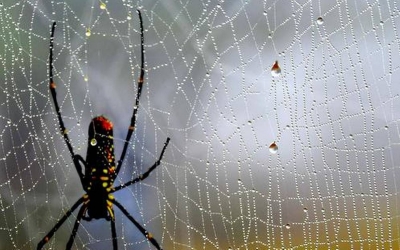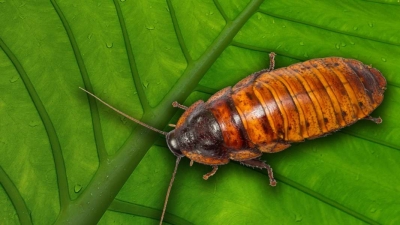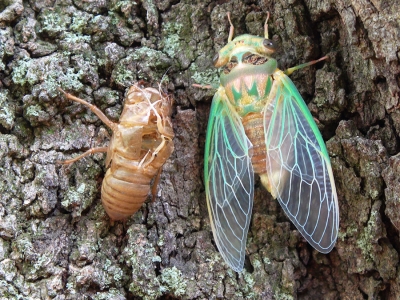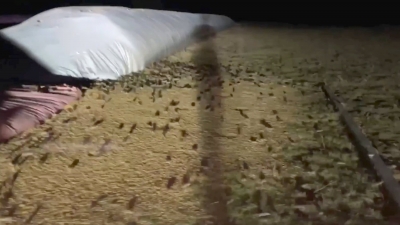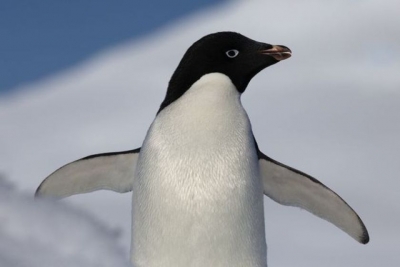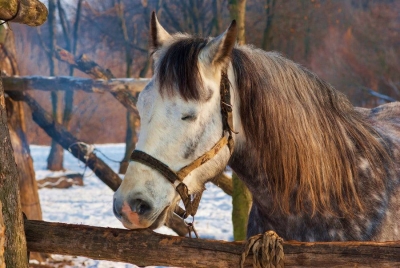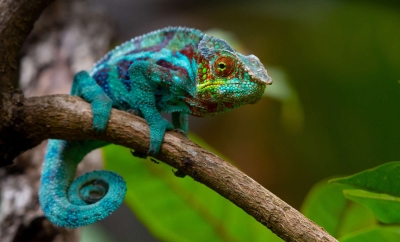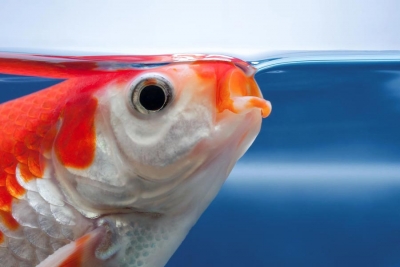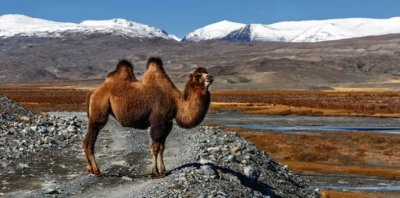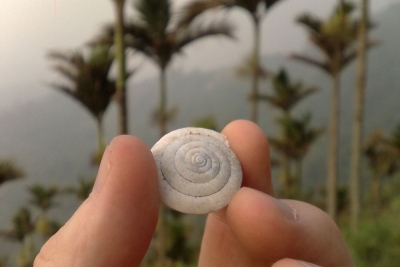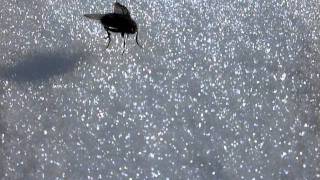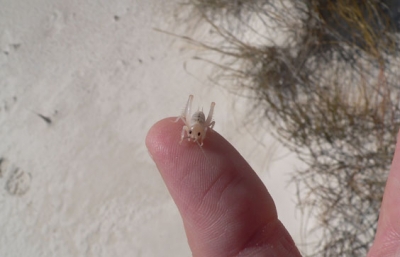How much can owls rotate their heads?
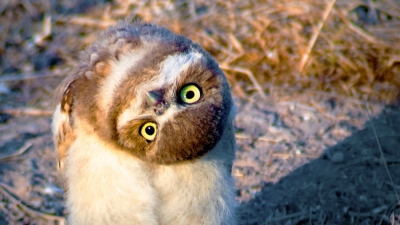
One of the most fascinating aspects about owls is their ability to rotate their heads. Of course, it's a myth that they do a 360-degree turn, but they can rotate it a good 270 degrees. For comparison, we humans can turn our heads only to about 90 degrees left or right. So, how do the owls do it? Let's find out.
Before we get into the details of how owls are able to turn their heads that much, it is important to understand why they need it. Unlike many other creatures, owls have eyes fixed in their sockets, and so, to see, they must move their heads. This helps them look for prey as well as avoid predators. For long, it was a mystery how owls could rotate their heads so much without damaging the blood vessels in the region. It was solved by researchers a few years ago.
So flexible
One reason for the easy head rotation is the way an owl's head is connected to its body - the joint offers greater movement. Apparently, the birds also have multiple vertebrae, which gives them an extensive variety of motion. But the more important reason lies in the bird's blood vessels. The researchers discovered that "owls have backup arteries, which offer a fresh supply of nutrients when blood vessels get closed off by rapid turning". The arteries also expand to allow the blood flow to continue without any disruption. It's interesting how researchers found this out. They used as many as 12 dead birds for the study, and injected dye into the dead owls arteries to mimic blood flow and manually turned their heads.
It is said that though the owl is most noted for this head-turning ability, it may not be unique to it. For instance, some types of raptors or birds of prey too seem to be able to turn their heads nearly as much as owls do. But, it is perhaps more crucial to owls because unlike many other raptors whose eyes are located on the sides of their heads, owls have their eyes situated in front. And so the birds certainly needed some help in the head-rotation department!
Picture Credit : Google
